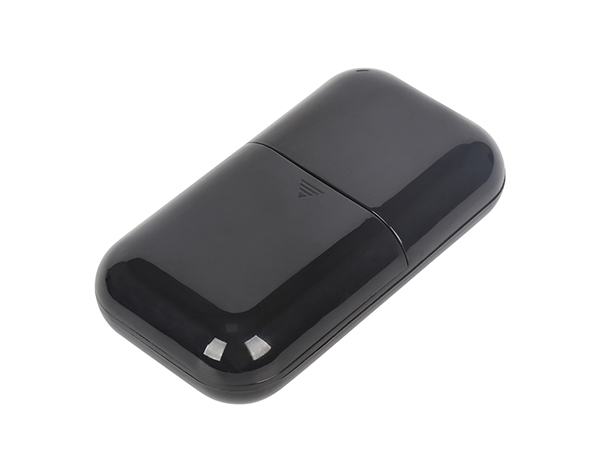
There are many types of GPS satellite receivers, which are divided into geodetic type, total station type, timing type, handheld type and integrated type according to the model; according to the...

Entering the 21st century, the application of the Global Positioning System (GPS) will be strengthened and developed in all aspects. This article focuses on the latest development of GPS moving to...

Mainly for positioning and navigation of moving objects such as ships, cars, and aircrafts. For example: 1. Vessel ocean navigation and entry and water diversion 2. Aircraft route guidance and app...

The main features of GPS: (1) Global, all-weather work. ①High positioning accuracy. The positioning accuracy of a single machine is better than 10m, and the differential positioning is adopted, an...

Due to the all-weather, high-precision and automatic measurement characteristics of GPS technology, as an advanced measurement method and new productivity, it has been integrated into various appl...

The timing signals of the GPS satellites of the Global Positioning System provide information on latitude, longitude and altitude, and precise distance measurement requires an accurate clock. Ther...

1. Space part The space part of GPS is composed of 24 working satellites, which are located 20,200km above the surface, evenly distributed on 6 orbital planes (4 in each orbital plane), and the or...

The user part of GPS consists of GPS receiver, data processing software and corresponding user equipment such as computer meteorological instruments. Its function is to receive signals from GPS sa...

The control part of GPS is composed of a monitoring system composed of several tracking stations distributed around the world. According to their different functions, these tracking stations are d...